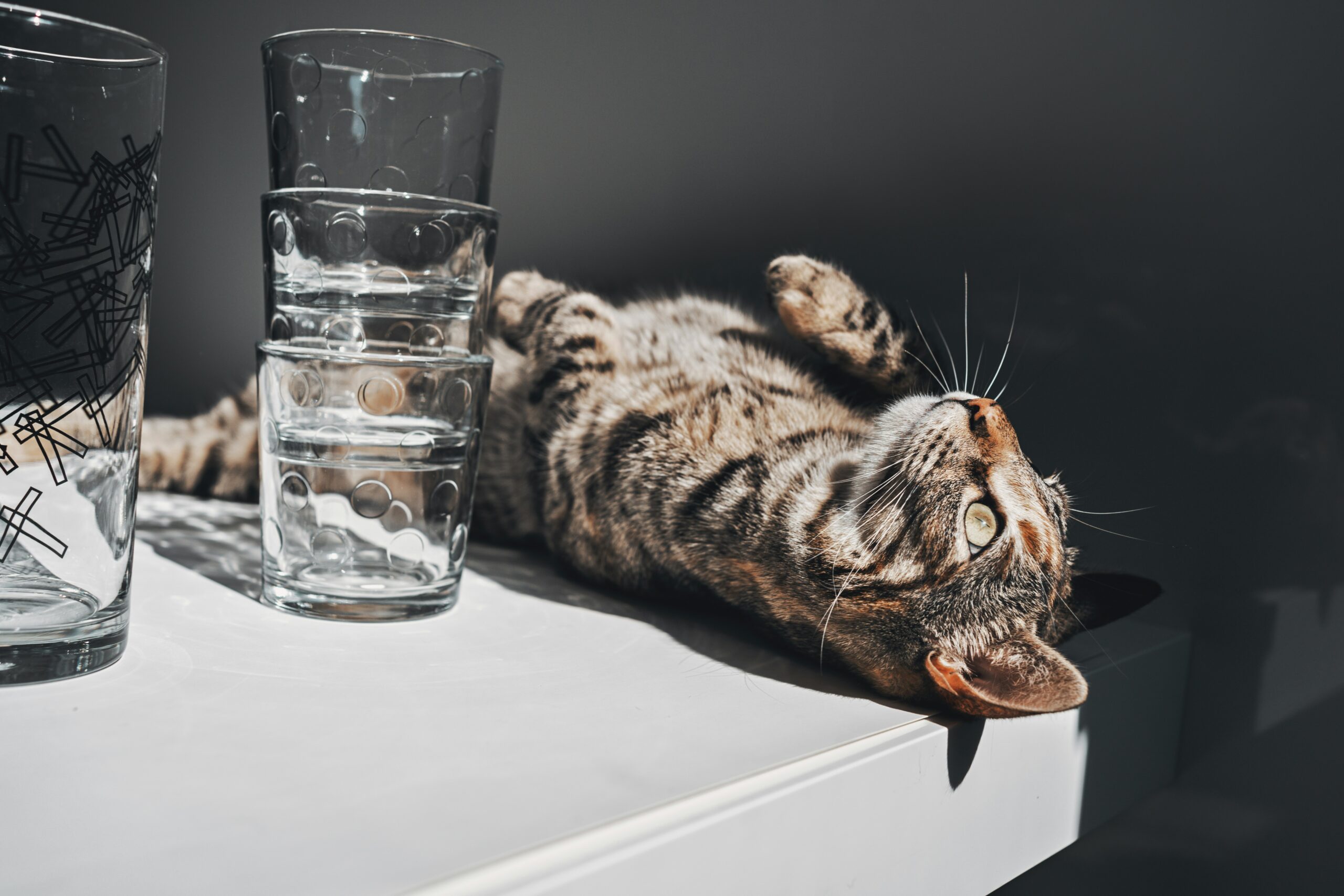Contents
Proper hydration is a key factor in maintaining your pet’s health and wellbeing. Despite its importance, many pet owners overlook hydration as a critical part of their pet’s daily care. Dehydration can lead to serious health problems such as kidney disease, urinary tract infections, and heat-related illnesses. In this blog, we’ll discuss why hydration is vital for pets, how to recognize dehydration, and practical tips to ensure your pet stays well-hydrated year-round.
Why Is Hydration Important for Pets?
Water supports nearly every function in your pet’s body, including:
- Regulating body temperature
- Aiding digestion and nutrient absorption
- Lubricating joints
- Supporting kidney function and waste elimination
- Maintaining healthy skin and coat
Without adequate water intake, pets can quickly become dehydrated, which can cause symptoms ranging from mild discomfort to life-threatening complications.
Signs Your Pet May Be Dehydrated
Pets don’t always drink enough water, and dehydration can be subtle at first. Here are some common signs to watch for:
- Dry or sticky gums
- Sunken eyes
- Lethargy or weakness
- Loss of skin elasticity (skin tenting)
- Panting or rapid breathing
- Decreased appetite or vomiting
- Reduced urination or dark-colored urine
If you notice these symptoms, it’s essential to provide water immediately and contact your veterinarian if the signs persist.
Factors That Affect Your Pet’s Hydration Needs
Several factors influence how much water your pet needs, including:
- Age: Senior pets may drink less and have less efficient kidney function.
- Diet: Pets on dry kibble need more water than those eating wet or canned food.
- Activity level: Active pets lose more fluids and require increased hydration.
- Environment: Hot weather increases water needs; pets may dehydrate faster in summer.
- Health conditions: Illnesses like diabetes, kidney disease, or urinary tract infections can affect hydration.
Tips to Keep Your Pet Hydrated
1. Provide Fresh Water at All Times
Always ensure your pet has access to clean, fresh water. Change the water daily and clean bowls regularly to encourage drinking.
2. Consider Wet Food
Feeding your pet wet or canned food can increase their water intake since it contains a higher moisture content compared to dry kibble.
3. Use Multiple Water Stations
Place several water bowls around your home to make it easy for your pet to drink wherever they are comfortable.
4. Flavor the Water
If your pet is reluctant to drink, try adding a splash of low-sodium chicken broth or pet-safe flavor enhancers to encourage them.
5. Offer Ice Cubes or Frozen Treats
Many pets enjoy licking ice cubes or frozen broth treats, especially in hot weather.
6. Monitor Water Intake
Keep an eye on how much your pet drinks daily. Sudden increases or decreases in water consumption can signal health issues that require veterinary attention.
When to Consult Your Veterinarian About Hydration
If you observe signs of dehydration or if your pet’s water intake changes dramatically, schedule a visit with your veterinarian. Dehydration can be a symptom of underlying health problems like kidney disease, diabetes, or infections.
At Kainer Veterinary Hospital, we provide thorough on-site diagnostics and health assessments to ensure your pet stays hydrated and healthy. Regular checkups can help catch hydration-related issues before they become serious.
Final Thoughts
Proper hydration is fundamental to your pet’s health. By recognizing the signs of dehydration and providing plenty of fresh water and hydration options, you help your pet maintain optimal health and energy. During hot months or times of illness, pay extra attention to your pet’s hydration needs.
For more advice or to schedule a wellness exam for your pet, please contact us or call (936) 321‑2000. The team at Kainer Veterinary Hospital is here to support you in keeping your pet happy and well-hydrated.


